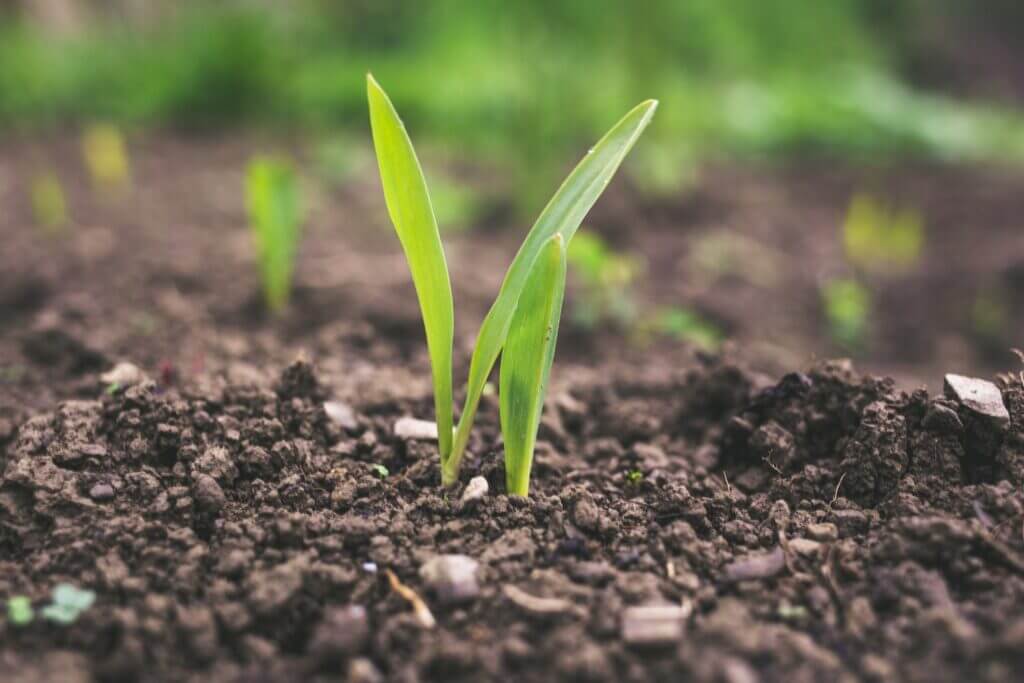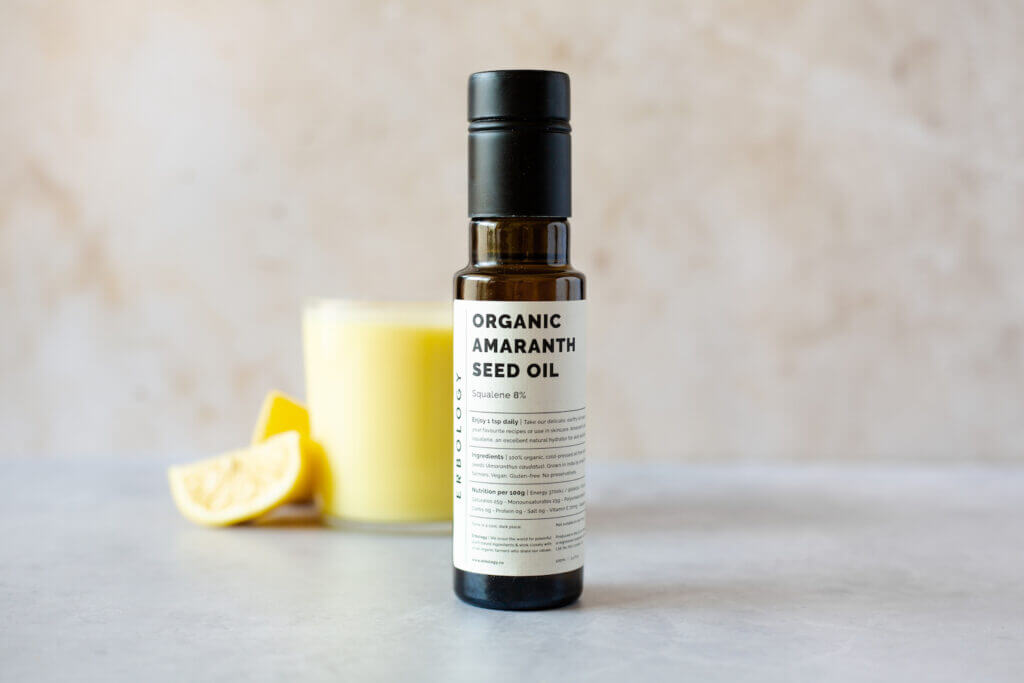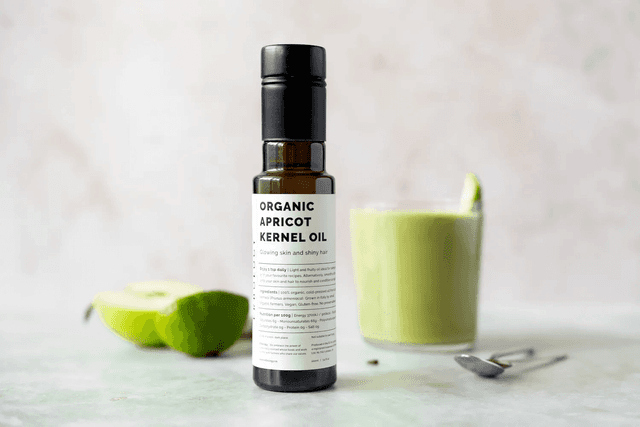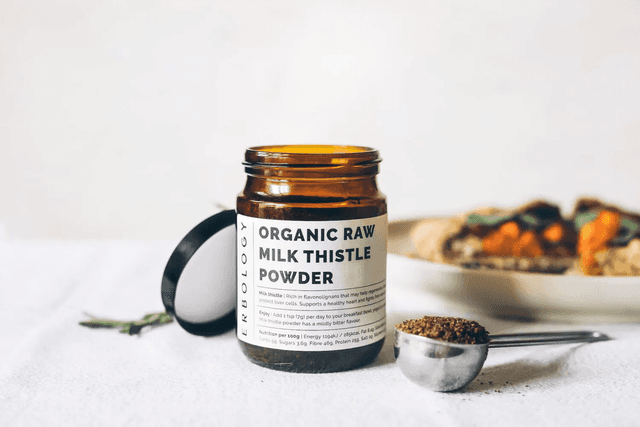18 Oct 2021
Sustainable packaging: How we create ours
What is sustainable packaging?
Sustainable packaging is any protective case or cover for a product which is made from materials which do not harm the environment.
This can include:
- Recyclable packaging
- Biodegradable packaging
- Re-usable packaging
The idea is that these types of materials can replace damaging and wasteful alternatives, such as single-use plastic.
Why do we need sustainable packaging?
Over the last century, a huge range of convenient, affordable consumer goods have come on the market. Naturally, that also means an enormous increase in the amount of packaging we use.
Of course, the most vilified material of all is plastic. But it wasn’t always that way. When fully synthetic plastic was first invented in 1907 by Leo Baekeland (famed for Bakelite), it became the harbinger of a new age. It was strong, hard-wearing and cheap.(1)
Not only did it mean that ordinary people could suddenly afford luxury items such as cameras, telephones and radios, it brought in a new wave of inventions.
Plastic is used to insulate cables, to make space suits and blood plasma bags, in joint replacements and nylon stockings. In short, it was the ultimate ‘wonder material’.
So where did it all go wrong?
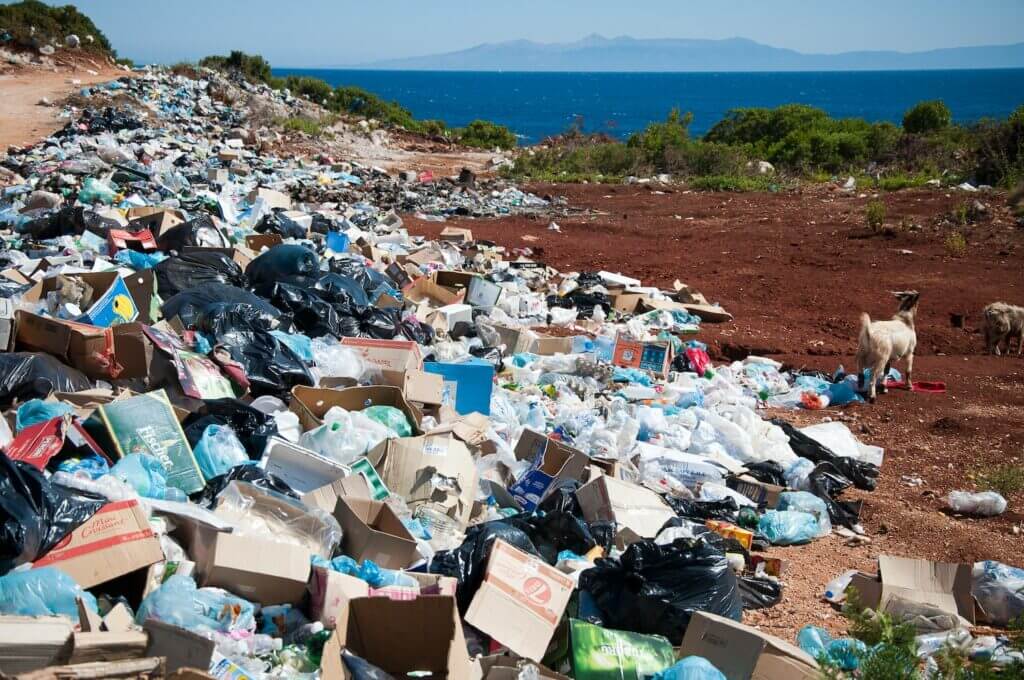
Plastic becomes a problem
In the post-war years, cheap and convenient plastic started to take over from materials such as paper and glass in common consumer products.(1)
Unfortunately, the same properties that make plastic useful also make it incredibly difficult to get rid of.
A disposable nappy takes around 500 years to degrade.(2) To put that in perspective, if King Henry VIII (or, let’s face it, probably one of the Queen’s maids) had been able to use a disposable nappy on Mary Tudor, we would only just be getting rid of it now.
Henry VIII’s hypothetical plastic toothbrush and disposable coffee pods would also still be with us; we would have finally managed to eliminate his plastic cups and water bottles in about 1971.(2)
When you start to think of the enormous amount of plastic each of us uses every day, it soon becomes difficult to comprehend quite how much of it accumulates when all of us throw it away. And unlike paper or cardboard, plastic doesn’t break down quickly; it hangs around for centuries.
So, the question becomes: what do we do with all our plastic?
Landfills and oceans
When you buy a product with single-use packaging, you essentially have two options as the consumer. You can throw it in the bin, or you can recycle it. Unfortunately, plenty of waste is also ‘mismanaged’ - meaning that it is littered or dumped in an inappropriate place.
If not recycled, plastic waste tends to end up in landfill (large pits of waste buried underground) or in our oceans. Waste is often transported there by river systems.
In one dreadful example from 1990, the Pasig river in the Philippines was declared ‘biologically dead’ due to the enormous quantity of plastic waste stifling life there.(3)
The famous Henderson Island in the South Pacific is completely uninhabited, yet is home to 38 million pieces of plastic waste which have been washed there from other countries by ocean currents.(4)
Or how about the Great Pacific Garbage Patch? Also known as ‘trash island’ or ‘the Pacific trash vortex’, This enormous collection of rubbish floats together in the Pacific ocean, gathered by currents. Scientists don’t know how big it is; it’s simply too big to trawl.(5)
If it ends up in landfill, our plastic waste not only creates an eyesore, but releases gas, toxins and odours as well as causing pest infestations. And, due to the long lifespan of plastic, landfills will be with us for a very long time.(6)
[caption id="attachment_23375" align="alignnone" width="1024"]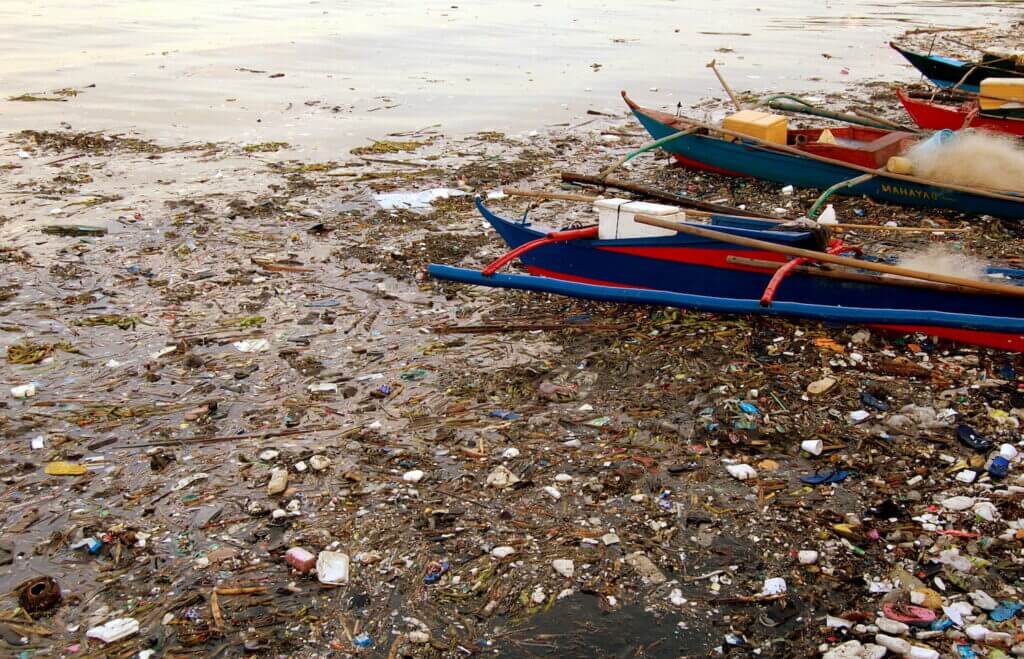 Pollution in the Pasig river in the Philippines[/caption]
Pollution in the Pasig river in the Philippines[/caption]
Turning the tide
Enough horror stories; what is being done to prevent this level of pollution?
Fortunately, consumers are becoming much more aware of the negatives of single-use plastic, and are demanding alternatives.
That has led to many nations around the world introducing legislation to protect the environment. (Some, notably, have much catching up to do.)
For instance, in the USA, 16 states have introduced regulations around packaging waste, designed to reduce single-use plastics and encourage more recycling.(7)
Unfortunately, that means that 34 states have not.
Things are looking better in Europe, where France, Germany and the UK lead the pack in terms of environmental sustainability. Meanwhile, Thailand has banned single-use plastic bags and China has stopped importing foreign waste, while also increasing recycling and reuse of plastic products.(7)
What about private companies?
Many brands and businesses have caught onto the fact that consumers are no longer going to accept unsustainable products and practices.
Encouragingly, almost all of the top 100 FMCG companies have made commitments to meet sustainability goals. Most commonly, these include:
- Making sure their packaging is fully recyclable
- Using more recycled materials in their packaging
- Reducing the overall amount of plastic they use
- Innovation in packaging to reduce environmental impact.
Brands are also now looking at ways to completely revamp their business models, moving from single-use packaging to reusable, refillable options.
The unique problem of sustainable packaging for food
There’s much that can be done to make food packaging more sustainable. Many companies have already found innovative - or not so innovative - ways to do this.
For example, in the UK there has been a push in recent years to remove unnecessary plastic packaging from supermarket produce such as fruits and vegetables. Put simply, there is no need for this additional packaging; the food is protected by the skin of the fruit or vegetable itself.
In the UK, ASDA, Lidl and Aldi have all banned single-use plastic bags for fruit and veg. An easy win for the environment!
However, the issue becomes more complicated with other types of food, which does require packaging to arrive safely at its destination.
For example, soft drinks were one of the main culprits behind the boom in PET plastic bottles.(1) While lightweight, safe and strong, they are a nightmare to get rid of. So, what are the alternatives?
Related reading
